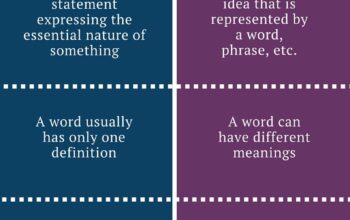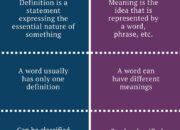Measurements lie at the very core of scientific inquiry and experimentation. The precision of these measurements profoundly influences the reliability of data, ultimately determining the validity of conclusions drawn from various studies. Engaging with this subject reveals not only procedural methodologies but also a philosophical inclination towards inquiry. In this discourse, we will elaborate on various strategies to enhance measurement accuracy, exploring underlying principles and techniques that can be employed across diverse disciplines.
At the onset, it is vital to acknowledge the significance of proper calibration of measurement instruments. Calibration serves as a benchmark to ensure that the instruments yield accurate readings. Over time, factors such as wear and tear, environmental conditions, or even operator error may render equipment less reliable. Regular calibration against known standards should be viewed as a non-negotiable practice. Implementation of a systematic calibration schedule can significantly mitigate deviations, thereby enhancing the integrity of the data acquired.
Another pivotal aspect to consider is the selection of appropriate measurement tools. The domain of scientific measurement encompasses a plethora of instruments, each varying in precision, reliability, and specificity. For instance, the choice between a vernier caliper and a micrometer will depend largely on the scale of measurement required. Utilizing tools with a higher resolution relative to the task at hand can yield finer, more precise results. It is also pivotal to assess the manufacturer’s specifications and review the inherent uncertainties associated with each capricious device.
Furthermore, one must pay considerable attention to the methodological approach adopted during measurements. Employing consistent and systematic protocols during data collection is paramount. This entails training personnel rigorously to execute measurements under controlled conditions, minimizing extraneous variations. Reproducibility in measurement protocols ensures that results can be verified independently, thereby reinforcing confidence in the findings. As trivial as it may seem, maintaining a consistent measurement environment — including factors such as temperature, humidity, and pressure — is integral, given their profound effects on certain physical properties.
Data collection methods also play a significant role in ensuring accuracy. Employing multiple trials for each measurement and calculating an average value can provide a more reliable estimate than a single measurement. This statistical approach not only smooths out anomalies but also offers insights into the reliability of the findings through the standard deviation. Implementing a robust sampling strategy can further bolster the reliability of measurements by mitigating biases that often skew results.
The significance of instrument sensitivity must not be overlooked. Sensitivity represents the smallest change detected by a measuring system. Higher sensitivity allows for the detection of subtle variations that lower-sensitivity instruments might overlook. However, increased sensitivity often comes with increased susceptibility to noise and interference. Thus, one must strike a delicate balance — optimizing sensitivity while remaining vigilant against extraneous variables that could distort measurements.
Moreover, addressing potential biases is fundamental to improving measurement accuracy. Biases, systematic errors that consistently affect measurements, can stem from various sources including observer expectations, instrument limitations, or environmental conditions. Identifying and mitigating these biases necessitates a comprehensive understanding of the measurement context. Utilizing blind or double-blind experimental designs where applicable can assist in reducing observer effect alterations, thus preserving the objectivity of measurements.
In addition to these practices, leveraging technology can further augment the accuracy of measurements. The digital revolution has introduced sophisticated data acquisition systems equipped with advanced algorithms for error correction and signal processing. These systems can enhance measurement precision by reducing noise and refining the data collected. For instance, employing software for statistical analysis and data visualization can uncover patterns or anomalies that may elude detection through manual analysis. Integrating technology within traditional measurement frameworks invigorates the prospect for enhanced accuracy.
Attention to detail in documentation is equally crucial. Meticulous records of experimental conditions, calibration details, and measurement protocols foster transparency and reproducibility. This not only facilitates verification by peers but can also assist in identifying inadvertent variables that may have impacted results. Proper documentation serves as a repository of knowledge, critical for dissecting errors that may arise in complex experiments.
Finally, fostering a culture of continuous learning and improvement within scientific communities is paramount. This involves engaging in professional development opportunities that expose researchers to cutting-edge methodologies and tools. Participation in workshops, conferences, and collaborative research initiatives can enhance one’s arsenal of measurement techniques and promote the exchange of best practices. Such environments cultivate an ethos of precision and reliability within scientific inquiry — a core tenet of progress.
In summation, the pursuit of measurement accuracy is as intricate as it is paramount. The intersection of calibration, methodological rigor, technological integration, and continuous learning creates a comprehensive framework for enhancing measurement precision. A deep-seated appreciation for the nuances underlying this undertaking not only enriches scientific knowledge but also fortifies the foundation upon which reliable data stands. Such diligence is indispensable in the quest for understanding the complexities of our universe.










